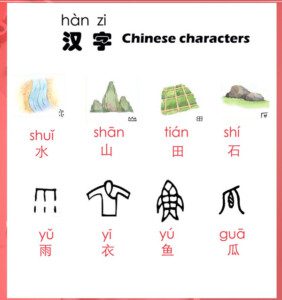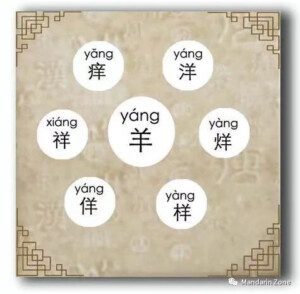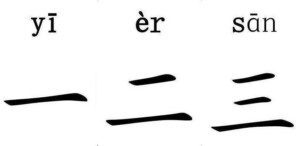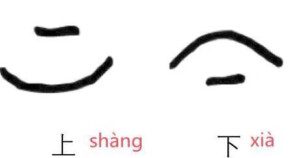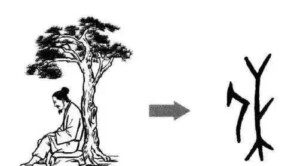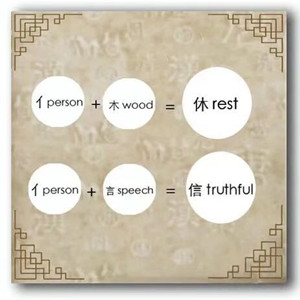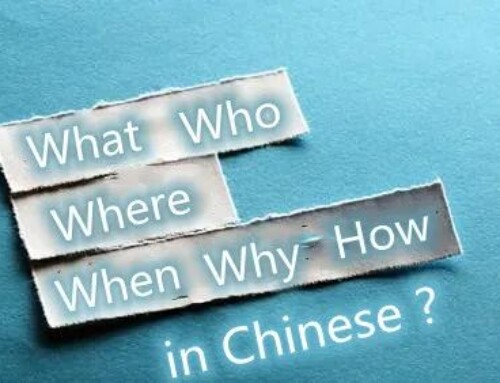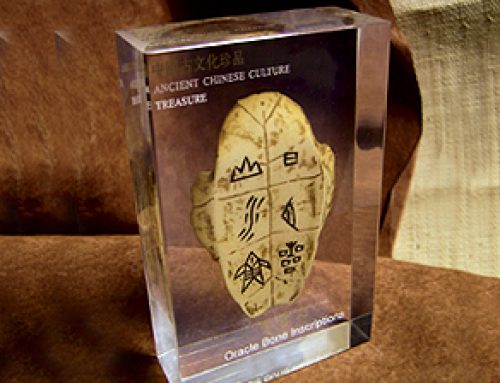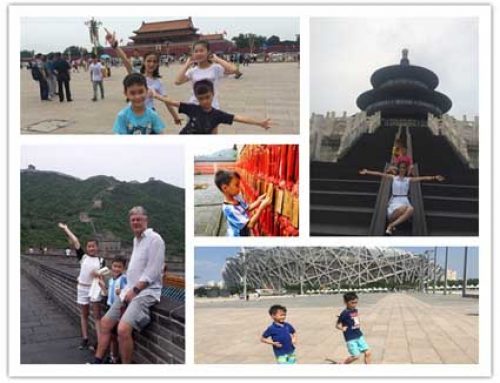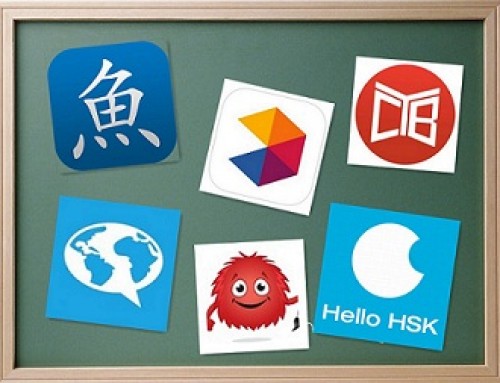The Six Types of Chinese Characters
There are six different kinds of Chinese characters, known as 六书 (liù shū)
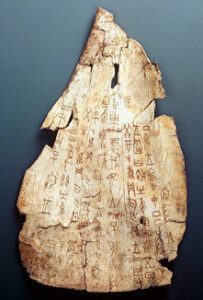
Chinese characters, known as Hanzi (汉字hàn zì), are one of the earliest forms of written language in the world.Chinese characters have been used for more than 3000 years. The earliest characters were oracle bone inscription (甲骨文 jiǎ gǔ wén).
Lets take a look the six types of Chinese characters.
Pictograms 象形字 (xiàngxíngzì)
Pictographs 象形 (xiàngxíng) also known as ‘image shapes’ are the oldest kind of Chinese character, were created according to the real images of the subject things such as 水 water 山 mountain 雨 rain 鱼 fish, etc.
Most of the picgographic characters are single-element characters. For example,口 mouth 目 eye 日 sun 月 moon 火 fire 木 wood 羊goat , etc.
Pictographs only make up a very small portion of the total number of characters (perhaps as little as 4% – 5%).
Phono-Semantic Characters 形声字 (xíng shēng zì)
Phono-semantic characters, also known as phonogram, phonetic compound or picto-phonetic character.
It is the most practical character formation, over 80% of all Chinese characters are said to fall into the 形声字 (xíngshēng zì) category.
形声 (xíngshēng) literally means to “form sound.”
Combine two parts to form a new character, – the semantic part represents the meaning.
– the phonetic part represents the pronunciation.
semantic + phonetic gāng cái mā dèng
钢 材 妈 瞪
phonetic + semantic gōng lí zhàn lǐng
功 鹂 战 领
Semantic or phonetic can be the top/bottom, inside/outside or in one coner of character.
Characters with the same phonetic component.
羊 yang – goat as phonetic component
痒 itch 洋 ocean
苞 bud 样 shape, form
佯 ignore 祥 lucky
Characters with the same semantic component.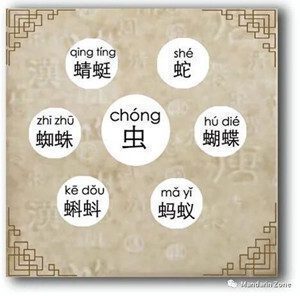 虫chong – insects or insect-like animals as semantic component
虫chong – insects or insect-like animals as semantic component
蛇 snake 蝴蝶 butterfly
蚂蚁 ant 蝌蚪 tadpole
蜘蛛 spider 蜻蜓 dragonfly
Simple Ideograms Characters 指事字 (zhǐ shì zì)
指事 (zhǐshì) can literally be translated as ‘pointing to matters, or self-explanatory characters.
Signify a thing or an abstract meaning, using a symbolicillustration or adding strokes to a picogram, e.g. 一 二 三 上 下 etc.. The meanings of characters are generally quite self-explanatory.
The characters 上 (shàng; up) and 下 (xià; down) are good examples of the self-explanatory nature of characters.
Compound Ideograms 会意字 (huì yì zì)
Combine two or more pictographic or ideographic characters to form a new characters to express a third meaning.
Here are some examples of this type of Chinese character.
The pictographic character 木 (mù; wood) can be combined with the radical 亻(rén; person radical) to create 休 (xiū; to rest).
mù xiū
亻 + 木 = 休
person wood rest
a person resting in the shade of a tree
A person leans against tree. Rest. It makes total sense, right?
yán xìn
亻 + 言 = 信
person speech truthful
信 xìn “truthful”, formed from 人 “person” (later reduced to 亻) and 言 “speech”.
Loan characters 假借字 (jiǎjièzì)
假借字 (jiǎjièzì) are ‘borrowed” or “loan” characters.
A set of characters that were used to create other characters that sound the same or similar. In linguistics, these are referred to as homophonous or near-homophonous morphemes.
For example, 来 (lái)
来 (lái) – 麦 (mài)
Originally, 来 meant “wheat,” but this meaning was gradually replaced and 来 began to be used as a verb meaning “to arrive.”
As a result, a new character, 麦 (mài), was assigned to represent “wheat.” Notice the change in the initial sound, which went from “l” in 来 (lái) to “m” in 麦 (mài).
Transfer characters 转注字 (zhuǎnzhùzì)
转注字 (zhuǎn zhù zì) are characters with meanings influenced by other words. They are sometimes referred to as “mutually explanatory” characters.
Transfer characters appear in three different styles:
transference of character form (形转; xíngzhuǎn),
transference of character meaning (义转; yìzhuǎn),
transference of sound (音转; yīnzhuǎn).
考 (kǎo; to test) and 老 (lǎo; old)
The characters 考 (kǎo; to test) and 老 (lǎo; old) are considered 转注 (zhuǎnzhù) characters because they were previously interchangeable, but over time they started to represent different things and their meanings drifted apart.

